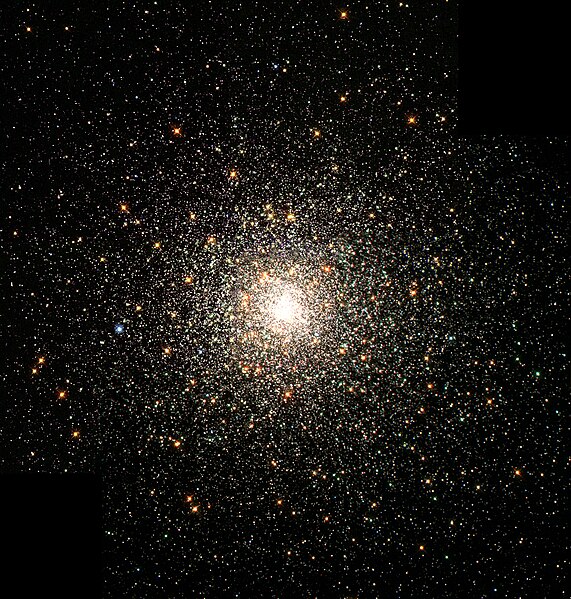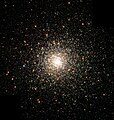Ӳкерчĕк:A Swarm of Ancient Stars - GPN-2000-000930.jpg

Ҫак умкурӑмӑн виҫи: 571 × 599 пиксел. Ытти разрешенисем: 229 × 240 пиксел | 458 × 480 пиксел | 732 × 768 пиксел | 976 × 1024 пиксел | 1777 × 1864 пиксел.
Оригиналлӑ файл ((1777 × 1864 пиксел, файл пысăкăше: 4,03 Мб, MIME-тĕсĕ: image/jpeg))
Файл историйĕ
Вӑхӑт ҫине пуссан, ун чухнехи версине пӑхма пулать.
| Дата/Вăхăт | Миниатюра | Калӑпӑш | Хутшăнакан | Асăрхав | |
|---|---|---|---|---|---|
| хальхи | 14:08, 4 Пуш уйӑхӗн 2010 |  | 1777 × 1864 (4,03 Мб) | Tryphon | From original source http://hubblesite.org/newscenter/archive/releases/1999/26/image/a/ (http://imgsrc.hubblesite.org/hu/db/images/hs-1999-26-a-full_jpg.jpg). |
| 00:54, 9 Ака уйӑхӗн 2009 |  | 1777 × 1864 (3,98 Мб) | BotMultichillT | {{Information |Description={{en|1=This stellar swarm is M80 (NGC 6093), one of the densest of the 147 known globular star clusters in the Milky Way galaxy. Located about 28,000 light-years from Earth, M80 contains hundreds of thousands of stars, all held |
Файлпа усă курни
Ку файлпа ҫак 1 страницӑра усӑ курнӑ:
Файлпа глобаллӑ усӑ курасси
Ку файлпа ҫак викисенче усӑ курнӑ:
- af.wikipedia.org усӑ курасси
- am.wikipedia.org усӑ курасси
- ar.wikipedia.org усӑ курасси
- ast.wikipedia.org усӑ курасси
- az.wikipedia.org усӑ курасси
- be-tarask.wikipedia.org усӑ курасси
- be.wikipedia.org усӑ курасси
- bg.wikipedia.org усӑ курасси
- bn.wikipedia.org усӑ курасси
- br.wikipedia.org усӑ курасси
- bs.wikipedia.org усӑ курасси
- ca.wikipedia.org усӑ курасси
- ce.wikipedia.org усӑ курасси
- ckb.wikipedia.org усӑ курасси
- co.wikipedia.org усӑ курасси
- cs.wikipedia.org усӑ курасси
Ку файлпа глобальлӗ епле усӑ курнине пӑх.
